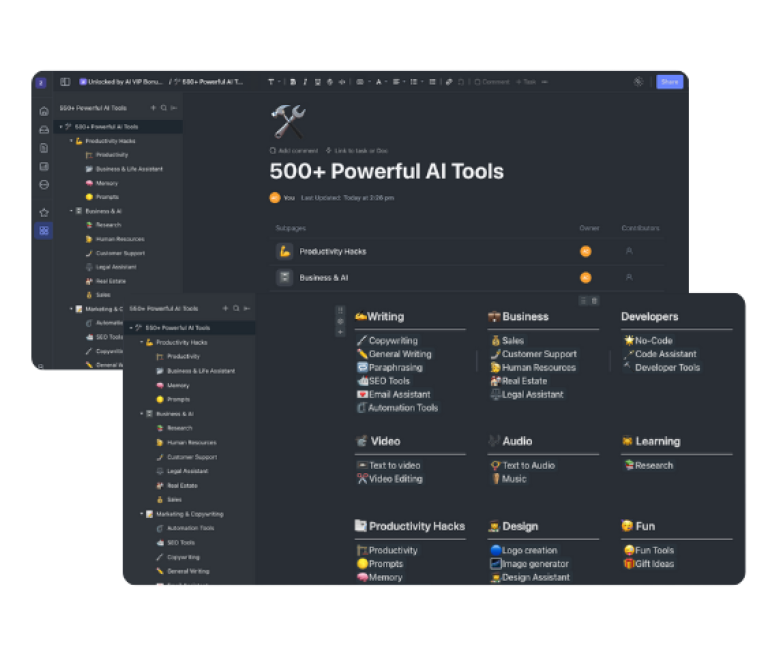As your business grows, it can be difficult to keep track of all your customers and their specific needs.
You might wonder how effective your retention efforts are and whether they are really worth your time.
An automated analytics program is the only way to get an objective answer.
These programs will give you hard data that you can use to monitor your progress and get a realistic picture of how well your retention efforts are working.
There are some premium solutions available, but you can also find simple and free low-cost programs that will do the job just as well.
Tools to Consider for Automated Analytics
Our go-to free tool is Google Analytics.
Google Analytics is a versatile and powerful tool that can be used to track website traffic and analyze visitor behavior.
Best of all, it can be used to track how visitors find your website, what pages they visit, how long they stay, and what actions they take.
This data can be used to improve your website design and content, as well as your overall marketing strategy.
Google Analytics is also relatively easy to use, even for those with little experience in web analytics.
With its vast array of features and user-friendly interface, Google Analytics is the perfect tool for anyone who wants to get more insights into their website traffic for free.
Paid Analytics Options
When it comes to paid tools, there are many to choose from.
There are a few key things to look for when selecting a paid website analytics tool.
First, you’ll want to make sure that the tool offers robust reporting features.
You should be able to generate reports on a variety of metrics, including traffic sources, page views, and bounce rates.
Additionally, the tool should allow you to drill down into specific data sets so that you can get a granular view of your website’s performance.
Another important consideration is pricing. Most paid website analytics tools offer tiered pricing plans, so you’ll want to make sure that the plan you select fits your budget.
Resource: 12 Best Google Analytics Alternatives for Your Website
Finally, you’ll want to consider customer support when making your decision.
Some tools offer 24/7 support, while others only offer limited support options.
Download Now: 5 Effortless Ways Anyone Can Keep Customers for Life
What Data is Important?
When it comes to website analytics, there are a few key metrics that you should always keep an eye on.
First, you’ll want to track your website’s traffic levels – this will tell you how many people are visiting your site, and where they’re coming from.
You’ll also want to monitor your website’s bounce rate – this measures how often people leave your site after viewing just one page.
If your bounce rate is high, it could be an indication that your site isn’t providing the information or value that visitors are looking for.
Another important metric to track is your website’s conversion rate – this measures how often people take the desired action on your site, such as making a purchase or signing up for a newsletter.
Now, that we understand what type of data is available from our website, let’s let’s focus on retention and the data you’ll need to review often for success.

New Vs. Returning
When measuring the success of a marketing campaign, it is important to look at both new and returning visitors to your website.
While it is important to attract new visitors, it is also essential to encourage people to come back to your site.
One way to measure the success of a customer retention strategy is to track the percentage of returning visitors.
This metric can give you insight into whether people are interested in what you have to offer and whether they are likely to come back in the future.
By tracking both new and returning visitors, you can get a complete picture of the effectiveness of your marketing campaign.
Resource: 5 ways to increase retention rates using customer analytics
Session Duration
Session duration is a key metric in analytics that tells you how long people stay on your site.
This is important because it measures engagement, and the key to customer retention is engagement.
The more people interact with you, the more likely they are to buy from you repeatedly and turn into lifelong brand advocates.
If you give them something to do – anything from content to read, to games to play, or surveys to take – you’ll keep them engaged.
If people are spending a great deal of time on certain pages of your site, this tells you there’s something engaging there for them.
Try to replicate this on your other pages.
By increasing session duration, you’ll increase engagement, which will lead to more customers and more loyalty from those customers.
Segmentation and Personalization
Segmenting your customers is one of the most important steps you can take to ensure your marketing campaigns are effective.
By breaking your audience down into smaller groups, you can make sure that each member receives personalized communications that are relevant to their specific needs and interests.
There are many ways to segment your customers, including by their responsiveness to emails, demographics, purchase behavior, preferences, and more.
Automating segmentation with analytics programs or a CRM system can help you save time and effort while still getting great results.
And by tracking your results using metrics for each segment of your market, you can fine-tune your campaigns for even greater impact.
So don’t wait – start segmenting your customers today and see the difference it makes in your business.
Getting Ahead with Analytics Automation
The volume of data that businesses must sift through has increased exponentially in recent years, making it difficult to get an accurate picture of the customer journey.
Analytics automation is a solution that can help businesses to keep track of customer behavior and understand how they interact with the brand.
By tracking data points such as website activity, social media engagement, and purchase history, businesses can gain valuable insights into customer motivations and preferences.
Conclusion:
In addition, analytics automation can help businesses to identify patterns and trends, allowing them to make better-informed decisions about marketing strategies and product development.
As the world of data continues to grow, analytics automation will become increasingly essential for businesses that want to stay ahead of the competition.
========
As any business owner knows, customer retention is essential to success.
Not only does it cost more to acquire new customers than it does to keep existing ones, but satisfied customers are also more likely to spread the word about your business.
However, retaining customers can be a challenge, especially as they move through different stages of the customer lifecycle.
That’s where Customer Lifecycle Marketing comes in.
Customer Lifecycle Marketing is a strategy that helps businesses keep track of their customer’s needs and preferences at every stage of the relationship.
As a result, businesses can provide the right mix of products, services, and support to keep customers happy and engaged.
If you’re looking for a way to improve your customer retention rates, our course on Customer Lifecycle Marketing is definitely worth checking out.









